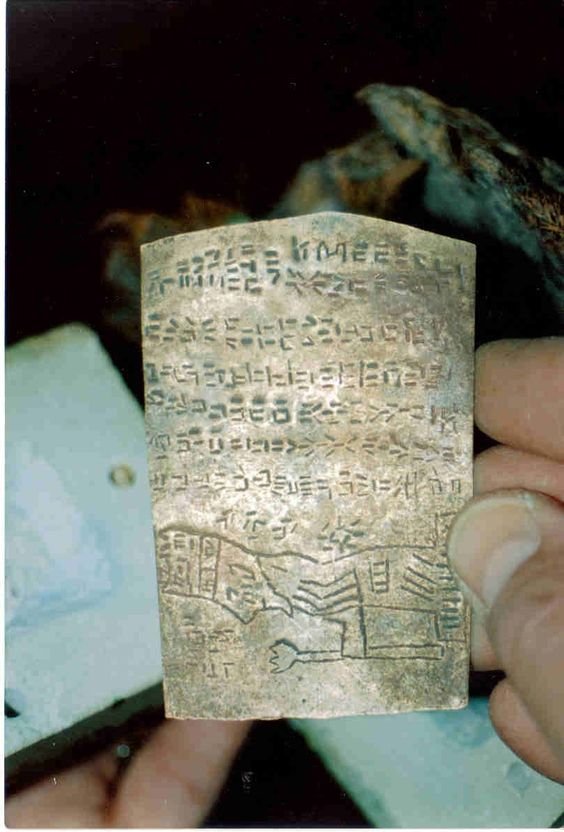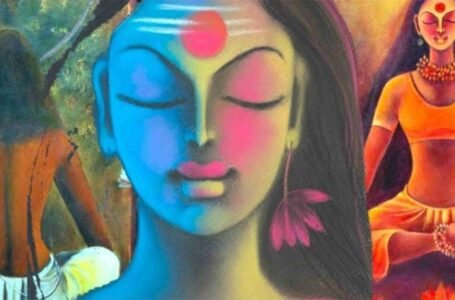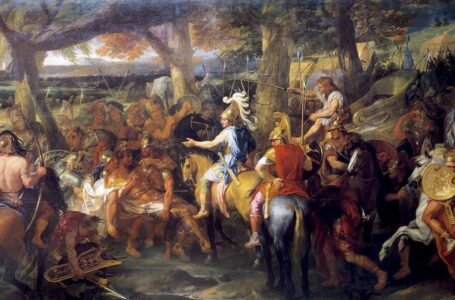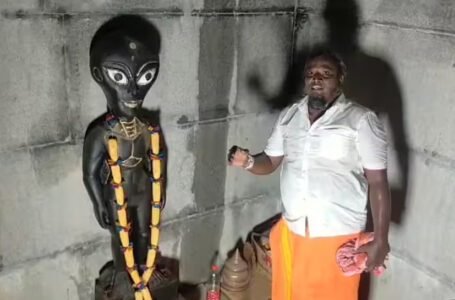The Origins of Human Language: How We Learned to Speak and Think

We use words every day, without giving them much thought. Language, in all its various forms, is certainly one of humanity’s most outstanding creations, yet. So how did we end up with thousands of languages spread all around the world: each representing a distinct set of sounds and meanings? So let’s trace the story of human language back 200,000 years, to unravel what happened.

The Birth of Language: How It All Began
Picture this: Long ago, 2 million years ago, our early ancestors were roaming the plains grunting, and gesturing hand, to help communicate basic survival needs. That was even before WiFi, even before farming. Simple sounds and gestures were something like the language we know today at the time when our human ancestors Homo habilis talked to each other.
And how did we get from grunts to complex languages? Another theory says that our ancestors invented tools, which in turn required greater social cooperation, and advanced ways to communicate were invented in relation to both. It wasn’t until around 200,000 years ago that the human race showed up with bigger brains and the ability to communicate more effectively. It was then that experts think real language — with grammar and syntax — began to make an appearance. Hunts could now be coordinated, stories shared, and gossip could be had! And turns out, our ancestor’s also had a love of a chat.

Theories on the Evolution of Language
When it comes to how language began, there are several fascinating (and often speculative) theories. We can’t go back in time to hear the first words ever spoken, but scholars have developed some interesting ideas based on linguistic evidence, fossils, and cognitive science.
One fun theory is the “Bow-Wow Theory,” which suggests language began as humans mimicked natural sounds like animal noises and environmental sounds. Perhaps early humans started by imitating the “woof” of a dog or the “meow” of a cat!
Another idea is the “Pooh-Pooh Theory,” which argues that the first words came from involuntary sounds people made when expressing emotions—like laughing, crying, or shouting. Ever say “ouch” when you stub your toe? That might have been the start of human language!

The “Yo-He-Ho Theory” links language to rhythmic sounds made during group tasks, like hauling heavy objects or building shelters. Think of early humans chanting together to get a job done. Teamwork, as they say, makes the dream work—and maybe, it made language too!
Another theory suggests that language evolved from gestures. Before we could form words, early humans likely communicated complex ideas using hand movements. As their vocal anatomy developed, gestures gave way to speech. Essentially, it’s like playing charades was the first universal language!
The Role of Evolution in Language Development
What made humans physically able to develop language? Our brains play a huge part in this story, especially areas like Broca’s and Wernicke’s areas, which are key to language processing. No other species on Earth communicates quite like humans.

Our vocal anatomy also evolved to support language. While other primates can make impressive sounds, they don’t have the vocal flexibility we do. The shape of our vocal tract and our control over our tongue, lips, and breathing allow us to produce a vast range of sounds. Try describing something abstract, like love or the stars, using only a few grunts—language made all that possible!
The Diversity of Language: From One to Thousands
Today, there are more than 7,000 languages spoken around the world. But where did they all come from? Some linguists believe in the theory of monogenesis, which suggests that all languages originated from one proto-language spoken around 40,000 years ago. This theory isn’t too far-fetched when you consider how similar many languages are. For example, Sanskrit, Latin, and Ancient Greek all trace back to Proto-Indo-European, a language spoken around 5,000 years ago.

Others subscribe to the theory of polygenesis, which proposes that languages developed independently in different parts of the world. It makes sense—humans lived all over the globe, and they likely developed their own ways of communicating based on their environment.
Regardless of how languages originated, it’s clear that migration and human spread led to the incredible diversity of languages we see today. From the clicks of Xhosa to the tonal complexity of Mandarin, language is as varied as human life itself.
Language as a Reflection of Culture and History
Language isn’t just a tool for communication—it’s a reflection of culture, history, and identity. It’s a window into the soul of a people.
Many Indigenous languages, for example, contain rich vocabularies for describing the natural world. The Inuit have several words for different types of snow, each with its own nuance. Similarly, Sanskrit has hundreds of words related to spirituality, meditation, and the divine.

Language has also been a tool of power. Throughout history, colonisers imposed their languages on conquered peoples, often leading to the near-eradication of Indigenous languages. Meanwhile, global languages like English, Spanish, and Mandarin have spread across vast regions, shaping the world as we know it.
The Future of Language: What’s Next?
Language is always evolving. You should just look at how English changed in the last century! A hundred years ago, there were no words like ‘selfie’, ‘emoji’ and ‘hashtag’. The internet is speeding up the process of languages borrowing and blending faster than ever before. Texting slang and emojis are, in some ways, the next best thing to a new universal language.
New languages and dialects are still coming into being, while others are being squeezed out. It’s estimated that half of the world’s languages will disappear by the end of this century. When a language dies, so does irreplaceable culture.

But there’s hope. There are growing efforts to preserve and revitalise endangered languages. These languages are documented and protected, in part by linguists, activists, and communities. Every language is a story—a story about a people, their history, their place in the world.
Conclusion: Why Language Matters
Among humanity’s greatest achievements is language. It’s a living breathing testimony to the fact that we are incredibly creative and adaptable beings. The evolution of language is the story of human civilisation, from grunts and gestures, to poetry and politics.

Next time you have a conversation or send a text, think about how the words you use have been around for so long, savour the history associated with them. All the words that come out of your mouth are a part of a grander narrative, one that is not only continuing today, but has been going on for hundreds of thousands of years.
What will future bring with it and how will language survive? One thing’s for sure: Fundamental to the human experience will always be languages.


